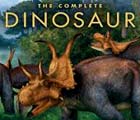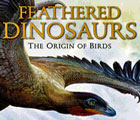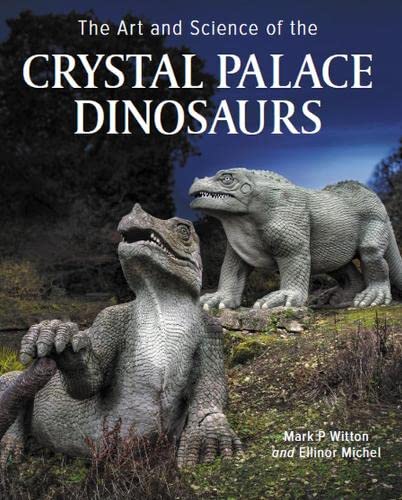| J U R A S S I C |
EARLY JURASSIC | Hettangian |
201-199 mya |
Simemurian |
199 - 191 mya |
||
Pliensbachian |
191 - 183 mya |
||
Toarcian |
183 - 174 mya |
||
| MIDDLE JURASSIC | Aalenian |
174 - 170 mya |
|
Bajocian |
170 - 168 mya |
||
Bathonian |
168 - 166 mya |
||
Callovian |
166 - 163 mya |
||
| LATE JURASSIC | Oxfordian |
163 - 157 mya |
|
Kimmeridgian |
157 - 152 mya |
||
Tithonian |
152 - 145 mya |
Click here to view DinoChecker's full A-Z list of Jurassic dinosaurs.
Etymology
In 1799, Alexander von Humbolt described massive limestone formations of the forested Jura Mountain range on the border of France and Switzerland as the Calcaire de Jura, or Jura-Kalkstein ("Jura Limestone"), with Jura being derived from the Gaulish word "iuris" (wooded mountain). Thirty years later, French naturalist Alexandre Brongniart used "terrains jurassiques" when correlating the "Jura-Kalkstein" with similarly aged oolitic limestones (now known to be Middle Jurassic) in Britain, and in doing so became the first person to use the term "Jurassic"... albeit the French version of it.
References
• Brongniart A (1829 "Tableau des terrains qui composent l'écorce du globe ou essai sur la structure de la partie connue de la terre" [Description of the Terrains that Constitute the Crust of the Earth or Essay on the Structure of the Known Lands of the Earth].
• von Buch L (1839) "Über den Jura in Deutschland". Der Königlich Preussischen Akademie der Wissenschaften, Berlin, p. 87.
• Ogg JG, Hinnov LA and Huang C (2012) "The Geologic Time Scale. Chapter 26: Jurassic ". Pages 731-791. DOI: 10.1016/B978-0-444-59425-9.00026-3
• Gradstein FM, Ogg JG and Hilgen FJ (April 2012) "On The Geologic Time Scale". Newsletters on Stratigraphy, 45(2): 171-188. DOI: 10.1127/0078-0421/2012/0020
• Ogg JG, Gabi Ogg G and Gradstein FM (2016) "The Concise Geologic Time Scale".













